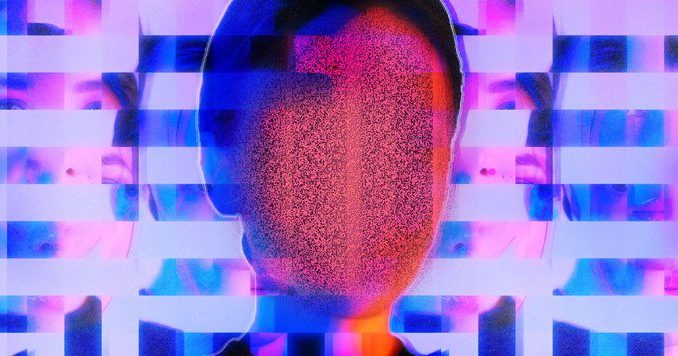
Have you ever seen a deepfake? More importantly, can you spot the difference between these AI-generated images, audio clips and videos and the real thing?
As more than 2 billion voters across 50 countries prepare for national elections in 2024, that question — and the ability of such deepfakes to skew potential voters’ decisions at the polls — has never been more critical.
Case in point: In recent months, people have increasingly flagged alleged AI-powered deepfake images, audio and videos on X (formerly Twitter), according to a Brookings Institution review of the platform’s so-called community notes, a crowdsourced fact-checking initiative on the platform.
POLITICO decided to put you to the test.
Using Midjourney, an AI research lab whose technology can create lifelike images based on someone simply typing suggestions into the company’s online platform, POLITICO collected a series of real images — and those generated by artificial intelligence. Repeated global trials have shown that, on average, people can detect digital forgeries compared with legitimate images about 60 percent of the time, according to tech company officials with whom POLITICO spoke.
While the technology is still a work in progress, the ability of anyone — including POLITICO reporters — to create such realistic images with a few clicks on a keyboard has politicians, policymakers and disinformation experts worried.
If AI puts such power in the hands of anyone with a laptop, internet connection and $50 to access these powerful tools, such deepfake political content may flood people’s social media feeds in the months ahead.
How well will you do? Take the quiz before you read the rest of the story. (Spoilers below!)
